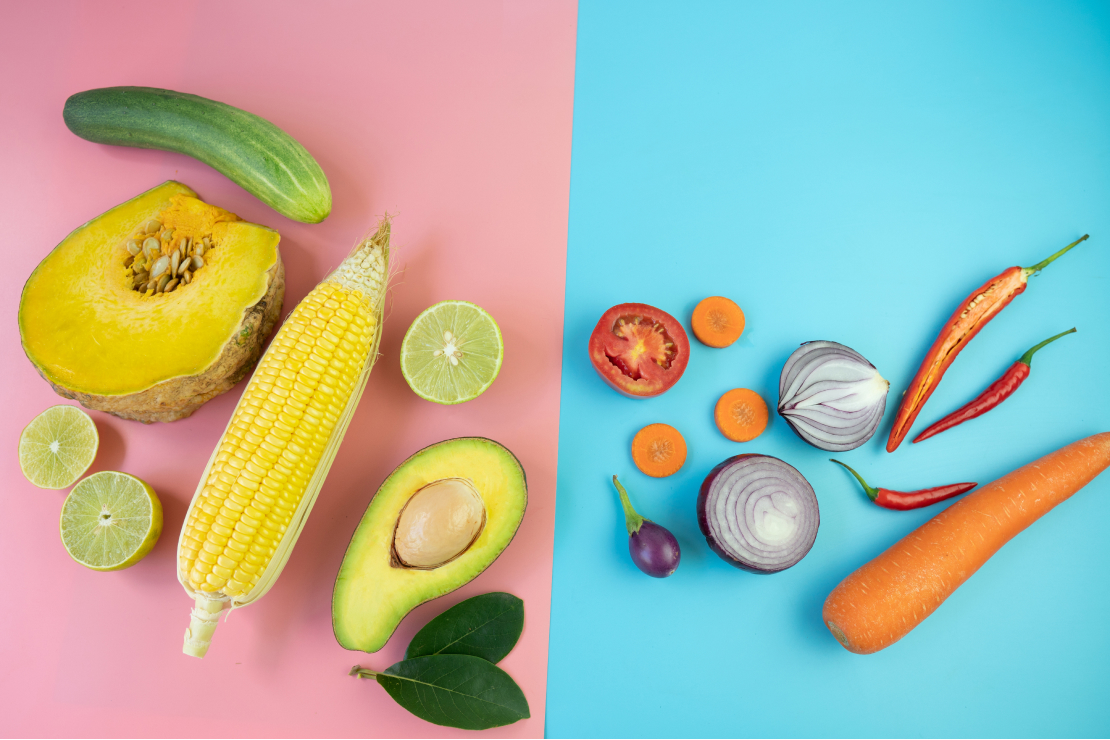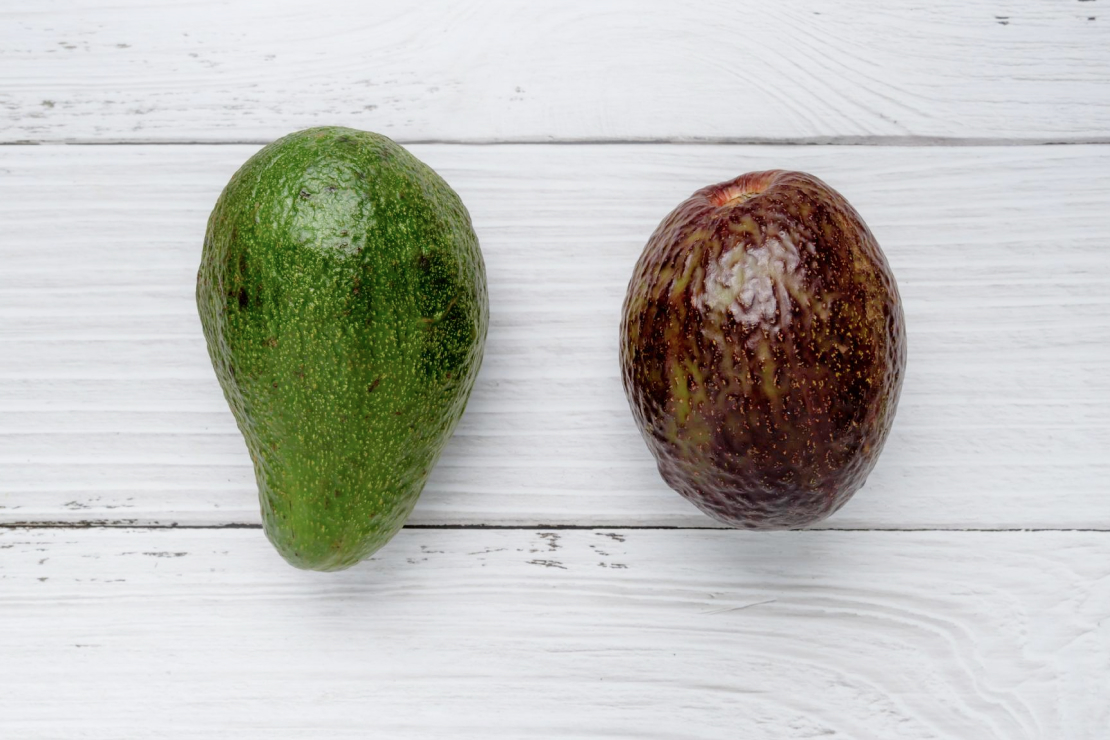Natural vs Organic Food: What's the difference, Which Foods Are Best for You?
Discover the key differences between natural and organic foods, understand certification standards, and learn which options best suit your health, budget, and environmental values.

Table of Content
Navigating the Food Label Maze
In today's health-conscious world, consumers face an increasingly complex array of food labels and claims. The terms "natural" and "organic" are among the most common yet frequently misunderstood descriptors in the food industry. As more people prioritize clean eating and sustainable food choices, understanding these distinctions becomes crucial for making informed decisions about our diet and health.
What Does "All Natural" Really Mean?
The term "natural" is widely used in food marketing but comes with considerable ambiguity in its definition and regulation:
- No formal FDA definition for "natural" in most foods
Minimal regulatory oversight
- Generally understood as minimal processing
Free from artificial ingredients
- No synthetic preservatives or additives
But may include natural preservatives
- No artificial colors or flavors
Natural alternatives may be used
Key Consideration: The "natural" label primarily focuses on processing methods and artificial additives, not farming practices or pesticide use.
What Is Organic Food and How Is It Certified?
Unlike "natural" foods, organic products must meet strict USDA standards and certification requirements:
- USDA Organic Certification
Rigorous inspection and verification process
- Prohibited Substances
No synthetic fertilizers, pesticides, or GMOs
- Soil Management
Focus on natural fertility and biodiversity
- Animal Welfare
Access to outdoors, organic feed, no antibiotics
Natural vs Organic: Key Differences Explained
Understanding the fundamental differences between natural and organic foods helps make informed purchasing decisions:
| Criteria | Natural Foods | Organic Foods | Conventional Foods |
|---|---|---|---|
| Regulation | Minimal oversight
No formal certification | USDA certified
Strict standards | Standard food safety
Basic regulations |
| Pesticides | May contain pesticides
No restrictions | Natural pesticides only
No synthetic | Synthetic allowed
Within limits |
| GMOs | May contain GMOs
No restrictions | No GMOs allowed
Strictly prohibited | GMOs allowed
Common practice |
| Processing | Minimal processing
No artificial additives | Regulated processing
Organic methods | Standard processing
Any approved method |
| Cost | Moderate
10-30% premium | Highest
30-100% premium | Lowest
Base price |
Pros and Cons of Organic Food
Advantages of Organic Food
Organic food offers several significant benefits that extend beyond personal health to environmental sustainability and ethical farming practices. Scientific research consistently demonstrates that organic farming methods result in produce and animal products with fewer synthetic chemical residues while promoting ecosystem health. The rigorous certification process ensures that these benefits are standardized and verifiable.
- Lower Pesticide Exposure
Up to 95% fewer residues than conventionalParticularly important for vulnerable populationsReduced risk of pesticide-related health issues
- Environmental Benefits
Reduced soil and water pollution30% lower carbon footprint on averageEnhanced soil microbial diversity
- Better Animal Welfare
Higher standards for livestockMinimum space requirements per animalAccess to outdoor areas and natural behaviors
- No GMOs
Genetic modification prohibitedNatural breeding methods onlyPreservation of heritage varieties
- Biodiversity Support
Promotes ecosystem health50% more wildlife on organic farmsProtection of native species
- Higher Nutrient Density
Up to 69% higher antioxidant levelsBetter omega-3 ratios in dairy and meatEnhanced mineral content in some crops
Disadvantages of Organic Food
While organic food offers numerous benefits, it's important to acknowledge the challenges and limitations associated with organic production and consumption. These drawbacks can affect accessibility, convenience, and practical implementation of an all-organic diet. Understanding these limitations helps consumers make realistic choices that balance ideals with practicality.
- Higher Cost
30-100% more expensivePremium varies by product categoryEconomic barrier for many consumers
- Limited Availability
Not all products or varieties availableSeasonal supply fluctuationsGeographic limitations in some regions
- Shorter Shelf Life
No synthetic preservativesRequires more frequent shoppingHigher risk of food waste
- Seasonal Variations
Less consistent availabilityPrice fluctuations throughout yearLimited off-season options
- Appearance Variations
May look less "perfect"Natural blemishes and variationsSize inconsistencies
- Production Limitations
Lower crop yields per acreMore labor-intensive farmingWeather vulnerability
Health Benefits: Is Organic Food Healthier?
Research on the health benefits of organic food shows mixed but promising results:
- Nutrient Content
Higher antioxidants in some studies
- Pesticide Exposure
Significantly lower residues
- Antibiotic Resistance
Reduced exposure to resistant bacteria
- Heavy Metals
Lower cadmium levels in some crops
Nutritional & Environmental Impacts
Organic Farming Benefits
Organic farming practices represent a holistic approach to agriculture that prioritizes long-term ecosystem health over short-term yields. This farming philosophy integrates traditional knowledge with modern scientific understanding of ecology and soil biology. Research shows that organic farms typically achieve 85% of conventional yields while using fewer external inputs and building natural resilience in agricultural systems.
- Soil Health
Better soil structure and fertility20% higher organic matter contentEnhanced microbial diversity
- Water Conservation
Improved water retention30% less irrigation neededReduced groundwater pollution
- Biodiversity
Support for local ecosystems50% more beneficial insectsGreater crop diversity
- Carbon Sequestration
Higher organic matter in soil40% more carbon storageReduced greenhouse emissions
- Ecosystem Services
Natural pest controlImproved pollinationEnhanced wildlife habitat
- Climate Resilience
Better drought resistanceImproved flood toleranceAdaptive capacity
Natural Foods: Benefits and Considerations
Natural foods represent a middle ground between conventional and organic products, offering many advantages of minimally processed foods without the strict certification requirements of organic production. This category includes foods that maintain their fundamental nutritional characteristics while avoiding artificial additives. Understanding the benefits and limitations of natural foods helps consumers make practical choices that align with their health goals and values.
- Less Processing
Closer to whole food formRetention of natural nutrientsMinimal refinement
- No Artificial Additives
Free from synthetic ingredientsNatural preservatives onlyClean label products
- More Affordable
Than organic alternativesBetter value propositionAccessible price point
- Wider Availability
Found in most storesGrowing product selectionYear-round access
- Nutritional Benefits
Higher nutrient retentionLess nutrient degradationBetter bioavailability
- Versatility
Suitable for various dietsMultiple preparation methodsDiverse product range
Cost Comparison and Value Analysis
Understanding the economic implications of different food choices requires considering both direct costs and long-term value. While initial price differences can be significant, the true cost-benefit analysis should include factors such as nutritional density, environmental impact, and potential health benefits. Research indicates that strategic shopping and seasonal buying can help manage the cost premium while maximizing the benefits of higher-quality food choices.
- Organic Premium
30-100% higher than conventionalVaries by product categoryRegional price differences
- Natural Premium
10-30% higher than conventionalMore stable pricingCompetitive market trends
- Value Considerations
Health vs. budget trade-offsLong-term health benefitsQuality vs. quantity
- Long-term Benefits
Environmental and health impactsReduced healthcare costsEcosystem services value
- Shopping Strategies
Bulk buying opportunitiesSeasonal price advantagesLocal market options
- Hidden Costs
Environmental externalitiesSocial impact considerationsFuture sustainability costs
Smart Shopping Tips
When to Choose Organic
Prioritize organic for these categories:
- Dirty Dozen Produce
Highest pesticide residues
- Dairy Products
Hormone and antibiotic concerns
- Meat and Poultry
Animal welfare and antibiotic use
- Baby Foods
Higher sensitivity to pesticides
When Natural is Sufficient
Consider natural options for:
- Clean Fifteen Produce
Lower pesticide residues
- Shelf-stable Products
Grains, legumes, nuts
- Thick-skinned Fruits
Natural protection from pesticides
- Local Seasonal Produce
Fresh with minimal transport
Frequently Asked Questions
What is the difference between organic and natural food?
The main differences lie in certification and regulation:
- Organic is strictly regulated and certified by USDA
- Natural has no formal certification process
- Organic prohibits synthetic pesticides and GMOs
- Natural focuses on minimal processing
Is natural food healthier than organic?
Not necessarily. Consider these factors:
- Organic has stricter growing standards
- Natural may still contain pesticides
- Both can be nutritious choices
- Individual products vary significantly
Why does organic food cost more?
- Higher production costs
- More labor-intensive farming
- Certification expenses
- Lower crop yields
- Shorter shelf life
Are non-organic vegetables safe?
- Generally safe within regulatory limits
- Wash thoroughly before consumption
- Consider peeling when appropriate
- Check Clean Fifteen list for lower-risk options
The Bottom Line
Choosing between natural and organic foods depends on various factors including health goals, budget, and environmental concerns. While organic foods offer the highest standards of production and certification, natural foods can be a reasonable compromise for many consumers. The key is making informed decisions based on individual priorities and circumstances.
Consider these practical tips for balanced food choices:
- Prioritize organic for frequently consumed items
- Choose natural options for lower-risk foods
- Focus on whole foods regardless of certification
- Balance cost with potential benefits
- Consider local and seasonal options
"The best food choices are those that align with both your health goals and values while remaining practical for your lifestyle and budget. Whether organic or natural, the most important factor is maintaining a diverse, whole-food-based diet."
Start Your Health Journey Today
Download Macro Tracking AI and take control of your nutrition with the power of artificial intelligence.
Download on App Store

